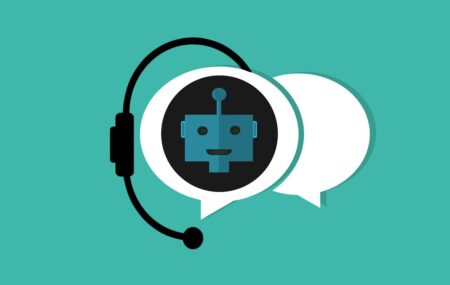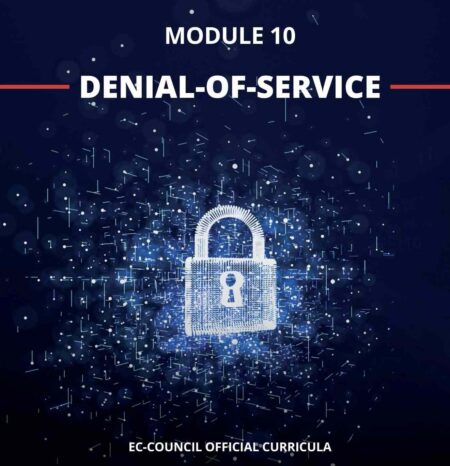Cyberstalking involves the use of information and communications technology by a criminal practice where an individual uses the Internet to systematically harass or threaten someone. Cyberstalking also referred to as Internet stalking, e-stalking or online stalking.
Cyberstalking is stalking that takes place using electronic devices or the internet. It is the technological harassment directed towards a specific individual.
Cyberstalking can be perpetrated through email, social media, chat rooms, instant messaging clients and any other online medium. Cyberstalking can also occur in conjunction with the more traditional form of stalking, where the offender harasses the victim offline.
A cyberstalker relies upon the anonymity afforded by the Internet to allow them to stalk their victims without being detected.
Cyberstalking messages differ from ordinary spam in that a cyberstalker targets a specific victim with often threatening messages, while the scammer targets a multitude of recipients with simply annoying messages.
Cyberstalking is way more serious as it involves nefarious intentions, ranging from false accusations and defamation to sexual harassment and even encouraging others to harass the victim. In many cases, physical and cyberstalking interconnects, making it even more threatening.
Cyberstalking involves a series of behaviors and actions over a period of time that is intended to intimidate, alarm, frighten, or harass the victim and/or the victim’s family, partner, and friends.
CyberstalkingVictims can be continuously watched, observed, and monitored by perpetrators with or without their knowledge of online spaces and/or offline spaces. The cyberstalkers’ behaviors and actions cause victims to fear for their safety and well-being and depending on the cyberstalker’s actions, this fear could extend to the safety and well-being of the victims’ families, partners, and friends.
While blame shouldn’t be placed on cyberstalking victims, the current online landscape lends itself to creating “easy targets.” For example, nowadays, many social media users think nothing of publicly posting personal information, sharing their feelings and desires, publishing family photos and more.
However, once you start receiving unwanted and annoying messages repeatedly and feel harassed, then the line has likely been crossed. Cyberstalkers might terrorize victims by sending unpleasant messages systematically, perhaps even several times a day.
It is especially unnerving when such messages come from different accounts managed by the same person. It is probably a good idea to report this to both the website owners and law enforcement agencies.
Also Read:
- What is DNS spoofing and how to Prevention It
- 10 Most Famous Hacker and How They Got Caught
- TheWiSpy Review- Is It a Right Android Spy
Forms of cyberstalking
- placing orders for delivery in someone else’s name
- gathering personal information on the victim
- spreading false rumors
- encouraging others to join in the harassment
- threatening harm through email
- creating fear and paranoia for someone else
- hacking into online accounts
Who is behind cyberstalking?
Most cyberstalkers are familiar with their victims. For most people, frequent messages from friends or colleagues, although often distracting and sometimes annoying, are welcome.
\However, being monitored by or receiving intrusive messages from an unfamiliar person or a casual acquaintance can be considered cyberstalking. It can have many motives including revenge, anger, control or even lust.
Plenty of cyberstalking cases involves someone attempting to get the attention of a former or would-be partner. While some people may see this behavior as acceptable and even romantic, if the communication is unwanted, it can be considered harassment.
If this happens to you, you can ask that they stop and take measures such as blocking them from your social media accounts. If it persists through other channels, it may be time to call the police (more on that below).
Other cases of cyberstalking, particularly those involving celebrities or other high-profile individuals, might involve complete strangers. Some perpetrators suffer from mental health issues and even believe their behavior is welcomed.
Cyberstalking isn’t always conducted by individuals and might involve a group of people. They could be targeting an individual, group or organization for various reasons including opposing beliefs, revenge or financial gain.
How to Protect yourself from Cyberstalking?
- Review your privacy settings on social media sites. Since these are the places where cyberstalkers can easily snoop on their victims, make sure that you’re not oversharing. If possible, adjust your settings so only people from your friends’ list could see your photos, updates, and personal info.
- Feeling tempted to tag the location of that really cool coffee place you’re at? Try to stop yourself. Also, you can go a step further and turn off geotagging so that no location-disclosing metadata would be added to your photo files.
- Facebook events are great for planning, but they can also be the worst in terms of privacy. When appearing in the feed, they can show your stalker where and when to find you, as well as indicate your interests.
- Set strong and unique passwords for your online accounts. Also, enable two-factor authentication (2FA) where possible to get an extra layer of security.
- Cyberstalkers can exploit the low security of public Wi-Fi networks to snoop on your online activity during Cyberstalking. Therefore, avoid sending private emails or sharing your sensitive information when connected to an unsecured public Wi-Fi. Or, use a VPN service, which will encrypt your online activity and protect your private data from unwanted snoopers.
- Check how much information one can find about you online, or, in other words, check your “googleability”. If you see that there’s too much cyberstalkers would find out about you by simply running a search on Google, try to take some information down.
- If you’re being attacked by a cyberstalker through email, messaging apps, or any other electronic means, keep the records. Save copies and take screenshots as evidence.
What Should You Do If You are a Victim of Cyberstalking?
1. Trust your instincts
If you suspect that someone or a cyberstalker knows too much about you and/or your activities, it is possible that you are being monitored.
2. Plan for Safety
Advocates at your local rape crisis center or domestic violence shelter are available to help you develop a safety plan.
3. Be extra cautious if your abuser is very technologically savvy.
Again trust your instincts. You may want to talk to an advocate or to the police.
4. Use a safer computer
If you suspect that your computer is compromised, use a computer at the public library, church, or a community center.
5. Create a new email account(s)
Look for free web-based email accounts. Use an anonymous name and don’t provide much information in the profiles that an abuser could use to find you.
6. Check your cell phone settings
Consider turning it off when not in use. If your phone has GPS enabled, consider turning it off.
7. Change passwords and pin numbers
Use gender-neutral passwords. Try to avoid using birth dates, numbers or phrases that your abuser may recognize. Don’t give your passwords to anyone and keep them in a safe, not easily accessed place.
8. Minimize the use of cordless phones and baby monitors
Turn these devices off if you do not want your conversation overheard. Use a corded telephone whenever you want your conversation to be more private.
9. Use a donated or new cell phone
If the local rape crisis center or shelter provides cell phones or if you can obtain a new phone, do so. Consider the use of a prepaid phone or phone cards as well.
10. Ask about your records and data
Many court systems and government agencies are publishing records on the Internet. Ask agencies about their policies regarding publishing and protection of victim records. Find out if there are ways that your records can be sealed or if access can be restricted in some way to protect your safety.
11. Get a private mailbox and don’t give out your real address
This will give you a safer address to give out to doctors, businesses, etc. Try to keep your actual address out of national databases.
12. Search for your name on the Internet
This can help you determine what information is online and whether search engines have access to your contact information.








